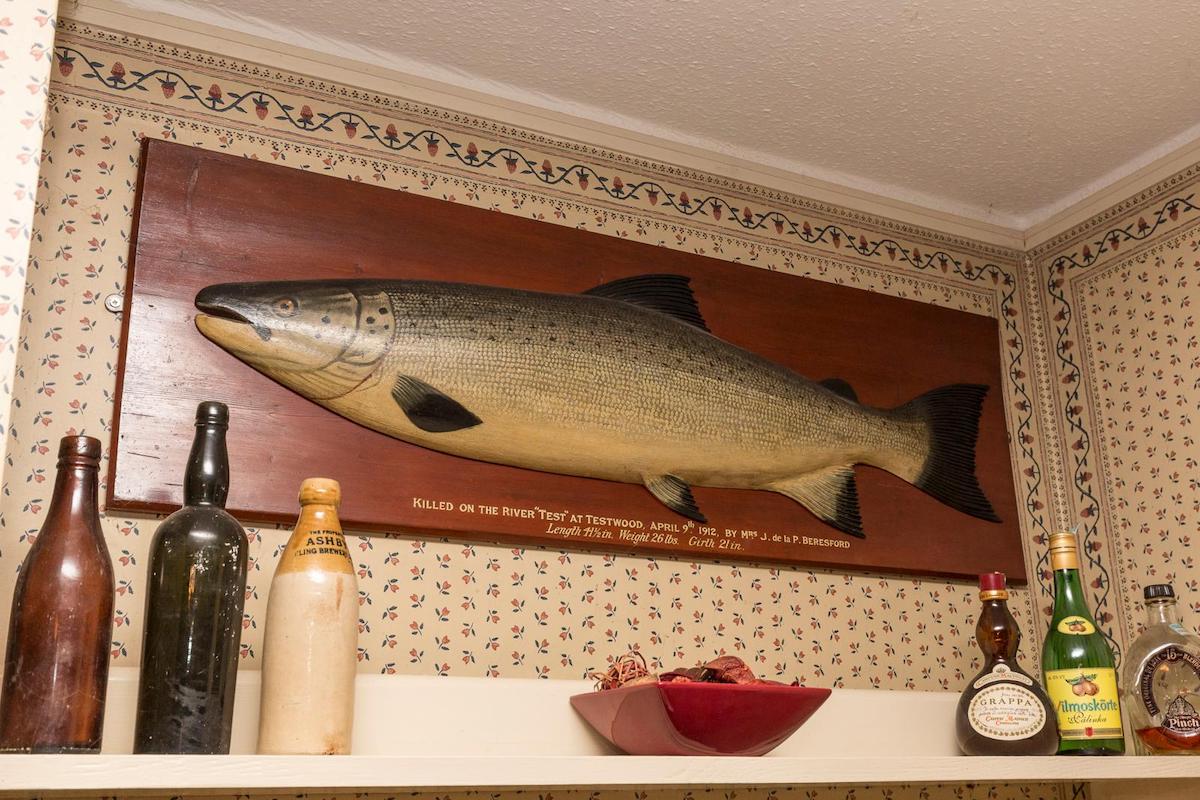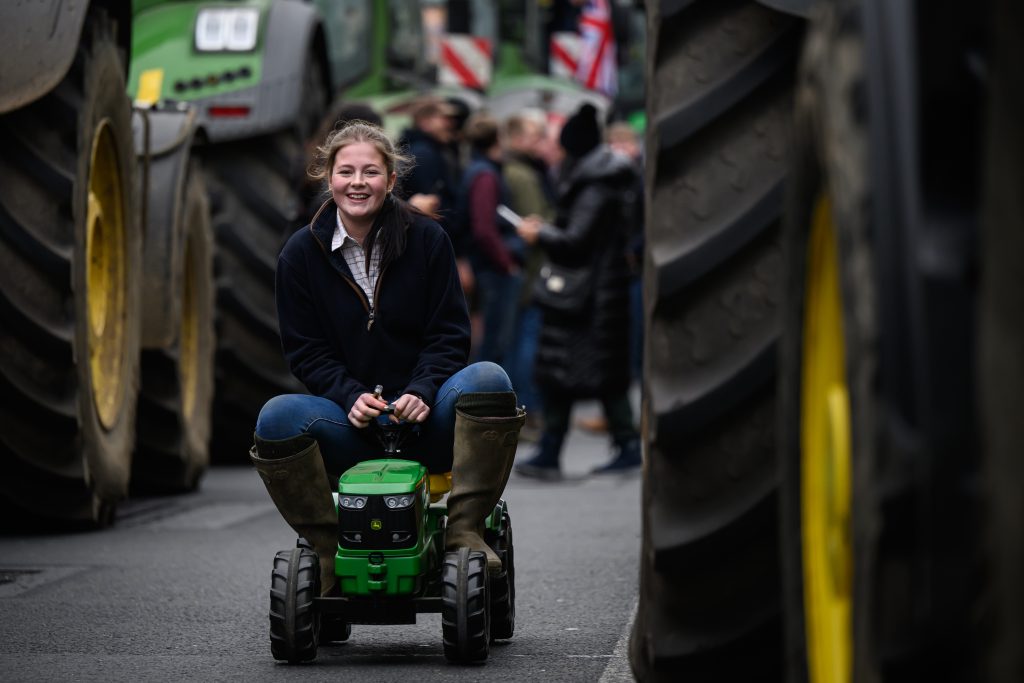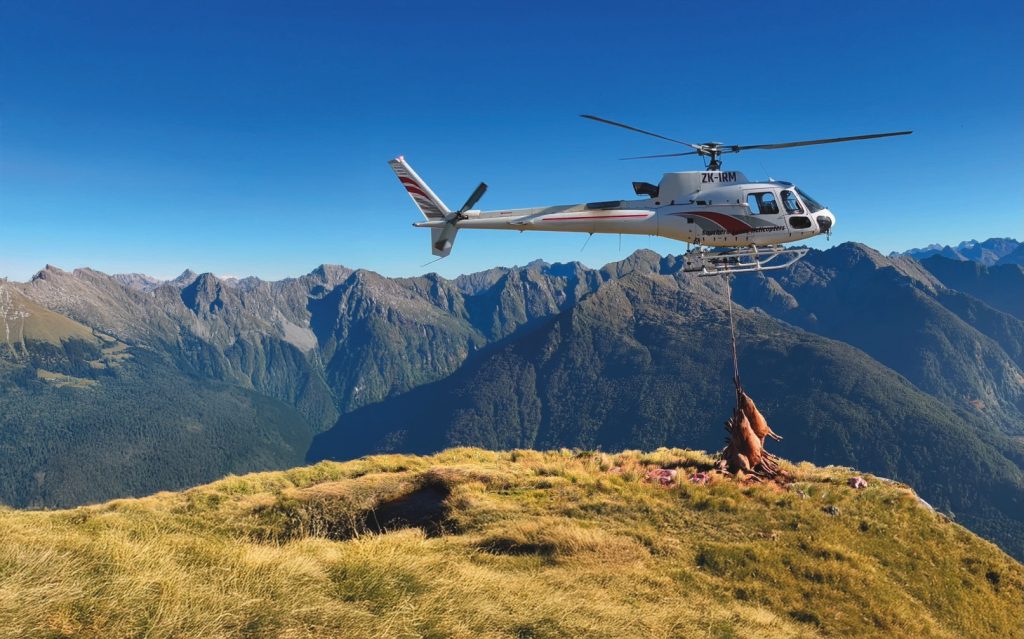Win CENS ProFlex DX5 earplugs worth £1,149 – enter here
What makes a good day’s sport?

There are some similarities between driven pheasant shooting and put-and-take trout fishing. Each is based on a certain amount of artifice; the birds or fish are reared and then released into a managed environment, to be secured by skill as part of a sporting endeavour. However, the basic ingredients do not always give the same results. Shoots vary widely, and so do fisheries. I recently experienced this for myself.
Most years, I get a day or two of trout fishing in southern England with my old friend Martin. I like going south in the spring. Seeing trees and hedges in leaf two weeks ahead of my home locality, you can almost believe that you have gained some extra time above ground.
Delightful surprise
The first day, we were at a small fishery in Hampshire. Consisting of a smattering of fairly small pools and a useful stretch of a River Test tributary, it proved to be a delightful surprise, being secluded and tranquil. Our few fellow anglers were relaxed and friendly. At one point, I noticed a water vole calmly going about its business at my feet. It emerged that the owner of the fishery is an accomplished lawyer who lives on site and regards the place as his garden. He declines to stock large fish because they might attract “the wrong sort of customer”.
We had such a wonderful time on the little chalkstream that we didn’t bother with the lakes. We were able to spot and stalk individual trout as they were illuminated by shafts of sunlight penetrating the pellucid water. Between us, we caught and released 10 fish. As a grand finale, I targeted a fish that was rising in a pool under a tree. After trying three of four flies, I finally managed to choose one that “matched the hatch” and landed a red-spotted brownie. Its diminutive size was in inverse proportion to my sense of achievement.
That night, we stayed in the Grosvenor Hotel in Stockbridge, a wonderfully welcoming hostelry steeped in the history of fly-fishing. The customers display what must be the highest density of Schöffel gilets per capita in western Europe. (Read “The Schoffel gilet – I’m a fan but could I be tempted to wear anything else?”)
The next day, at my choice, we went to a stillwater fishery famous for its trout. Even as we arrived, I realised my mistake. The banks of the two lakes were crowded. Truly, “hell is other people”, as Jean-Paul Sartre said. There weren’t enough trees to shield the noise of road traffic or the popping from a nearby clay shooting ground.
The banks had set casting points, almost all occupied by sullen-looking individuals, many of them sitting on a bag or seat. They were wielding powerful rods with sinking lines and big, bright lures, of the type that might be used to snag sockeye salmon in Alaska. I saw one angler land an absolute hog of a fish. Having bonked it on the head, they tried to pick up, but it slid back into the water. After poking around fruitlessly with a net, the angler resumed casting.
Unwilling to be part of the circus, we retreated to the hut for a coffee. Our nostrils were assailed by the stench emanating from a bin beside the gutting shed. We packed up and left.
Related Articles
Get the latest news delivered direct to your door
Subscribe to Shooting Times & Country
Discover the ultimate companion for field sports enthusiasts with Shooting Times & Country Magazine, the UK’s leading weekly publication that has been at the forefront of shooting culture since 1882. Subscribers gain access to expert tips, comprehensive gear reviews, seasonal advice and a vibrant community of like-minded shooters.
Save on shop price when you subscribe with weekly issues featuring in-depth articles on gundog training, exclusive member offers and access to the digital back issue library. A Shooting Times & Country subscription is more than a magazine, don’t just read about the countryside; immerse yourself in its most authoritative and engaging publication.







